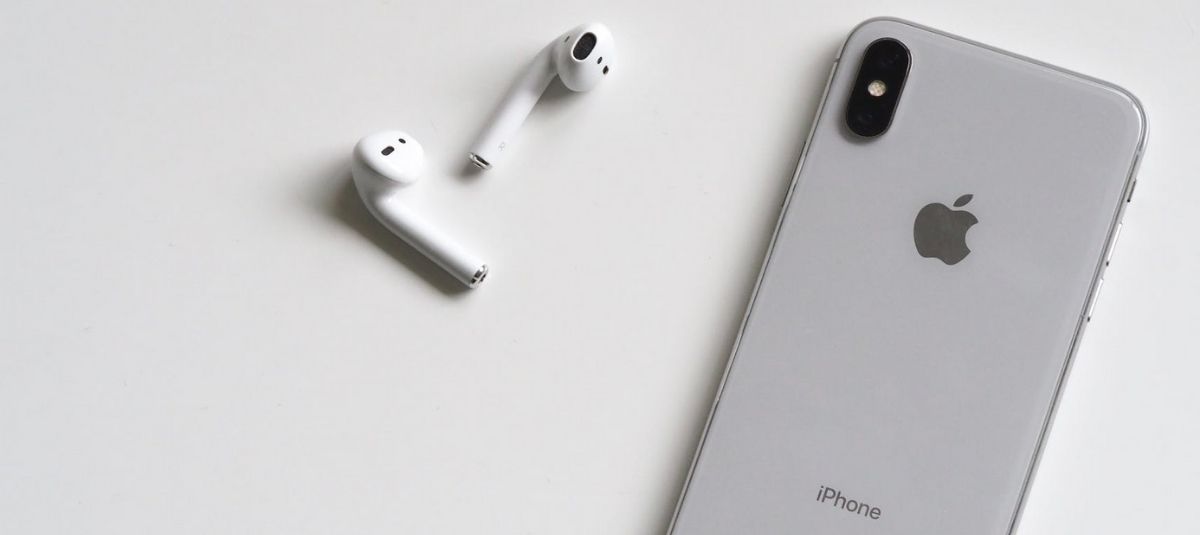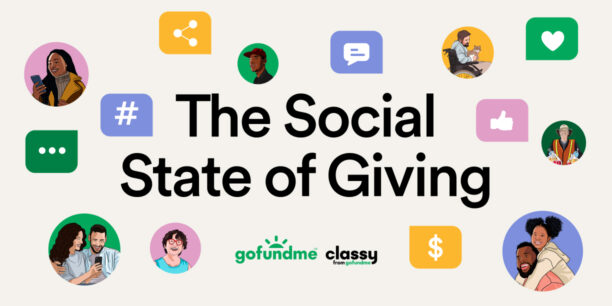What Nonprofits Need to Know About the Apple iOS 14 Update

In an effort to strengthen user privacy and informed data use, Apple recently launched changes that apply to iOS 14 devices and others moving forward. Specifically, this change requires that apps in the App Store provide a prompt to iOS 14 users if they’re doing any “tracking” activity. Apple’s AppTrackingTransparency framework prohibits certain data collection and sharing unless people opt in to tracking on iOS 14 devices via the prompt.
This change impacts any businesses that advertise mobile apps or optimize, target, and report on web conversion events from various business tools. As more people opt out of tracking on iOS 14 devices, ad personalization and performance reporting will be limited for both app and web conversion events, which includes the act of making a donation.
We consulted with Classy partner Community Boost, a digital marketing agency working with nonprofits to help them accelerate and scale online revenue and impact. With their expert insight, we’ll cover Apple’s changes in more detail, how they could impact your nonprofit’s fundraising and marketing efforts, and steps to take in response to the change.
Overview of Apple’s iOS 14 Changes
Before diving into how Apple’s changes impact your nonprofit, it’s useful to understand exactly what these changes are.
Tracking Transparency
The first main change is that all apps must now ask users for permission to track their activity across apps and websites through third-party pixels.
App developers will now have to display a tracking prompt pop-up when a new user downloads their app that tells the user what data will be collected and how it will be used.
Users then have to specifically agree to sharing their data before you can collect it to inform your targeted marketing efforts.
New App Attribution
Apps downloaded by a user in the Apple App Store are now also subject to a new attribution solution.
Historically, organizations were able to obtain a 28-day lookback period on a user’s activity and track the process they went through before making a purchase or donation. This was useful for marketers since it typically takes 3 to 4 touchpoints before someone completes an action.
The new attribution, SKAdNetwork, uses last click-only attribution. This limits organizations to a seven-day lookback. It also delays delivering that information to an organization between 24 to 48 hours. Nonprofits will still be able to see the basic success of ad conversion rates through this attribution, but won’t have data as specific on user identities and which audiences responded more positively to the ad.
Device-Level Intelligent Tracking Prevention (ITP)
A third main change is an expansion of ITP use.
ITP is a privacy feature developed by WebKit and used by Apple’s Safari browser since 2017. It seeks to protect users’ online privacy, limiting the ways advertisers and site owners can track users across domains to personalize content and advertise goods and services. With the most recent iOS update, ITP was enabled at the device level for iOS devices and is active across all browsers on these devices.
Potential Challenges for Nonprofits
Now that you’re familiar with the changes, the next step is understanding how they impact your nonprofit’s marketing efforts.
Limited Ability to Target and Build Specific Audiences
Given that tracking on iOS 14 is now an opt-in system, the audience from which you’re able to collect data is much smaller than normal. Community Boost expects a drop from 70% of users sharing their data to only roughly 10 to 15% of them doing so.
As a result, nonprofits will likely lose some ability to target specific audiences using demographic and interest data with ads.
Since this information will be less accessible, nonprofits won’t be able to leverage things like lookalike audiences as well as they once could. Audience building will also become difficult since iOS 14 removes certain features like detailed interest targeting, retargeting, niche lookalike audiences, and more.
Optimization Impacted by Conversion Data Delays and Event Limits
The iOS 14 updates also bring reporting delays. Conversion data can be delayed up to three days. This means nonprofits have limited ability to optimize their ads because the data they receive at any given time is off from what’s happening real-time.
Facebook Ad users are now also limited to tracking eight events. Therefore, they’ll need to have a good idea of what their conversion funnel is—meaning the path an individual takes before making a donation or purchase—and which conversion funnel matters most.
Users won’t be able to track separate events for different conversion funnels, such as making a donation or signing up to volunteer. In addition, the ‘purchase’ event always fires for Classy donations, so there may be some conflict with other events that nonprofits want to track. If your nonprofit also wants to track shop purchases, for example, there won’t be as much wiggle room as there used to be in terms of using different events.
Must Have a Subdomain
Pay As You Go Classy users will likely run into tracking issues because their campaign pages won’t be on a subdomain. For example, let’s say your campaign page exists at classy.org/CampaignName. Facebook won’t allow you to run ads for that page without verifying that the domain (i.e., classy.org) is actually you.
However, Facebook will only verify a domain name for one organization; it can’t be tied to hundreds of organizations. Therefore, since classy.org is already verified for use by Classy, your nonprofit won’t be able to collect Facebook tracking information for your campaign page. You would have to have a subdomain to do so (e.g., OurNonprofit.classy.org).
Steps Your Nonprofit Should Take in Response
While the iOS 14 updates undoubtedly cause some disruptions in how nonprofits receive and use data on their supporters, there are some steps you can take in response to the change.
1. Verify Domain and Install Meta-Tags
A critical first step to respond to these changes is to get your domain verified since both Facebook and iOS 14 updates require this. They basically want to confirm that you are who you say you are before you can track data and run ads through their platforms.
The verification process involves installing meta-tags onto your website. These don’t appear publicly, but rather live in your page’s source code. You obtain the meta-tag—a unique string of text for your specific organization’s page—from a platform like Facebook, which will then verify that what they’ve provided you is what also appears on your website. Once this verification syncs with Facebook, it tells Facebook that you own the domain to which you’re running ads.
Community Boost can assist nonprofits in ensuring these features are properly set up.
2. Collect First-Party Data
Previously, nonprofits may have relied on tools like Facebook Pixel to gather data on potential supporters. Facebook Pixel provides third-party data through putting a cookie on a user’s browser that can then match searches back to a user’s Facebook data.
However, with the iOS 14 updates, people have to intentionally choose to provide those data to organizations. Since a 30 to 40% drop is expected for the data collected through these means, nonprofits won’t know as much about how particular users interact with their organizations, making it more difficult to retarget audiences. Therefore, now is a good time for nonprofits to focus on upping their efforts to collect first-party data on supporters to fill in this data gap.
First-party data includes efforts such as using Facebook messenger to connect with supporters, email campaigns, and other campaign efforts where supporters willingly choose to provide you with information like name, email address, age, and other information that could be useful for marketing purposes. You can then import these first-party data sources into Facebook to match people back with their Facebook data.
Getting started on collecting first-party data is particularly important for smaller businesses and nonprofits who might have less of this information to begin with compared to larger, more established organizations. Without collecting these data, it’s harder for smaller and newer organizations to get discovered since they don’t have thousands of contacts to connect with right off the bat.
Understand and Respond to Apple iOS 14 Updates to Keep Your Nonprofit’s Efforts Thriving
As you adapt to the iOS 14 changes, know that there may also be some benefits to these updates down the road.
While initial data collection may decrease, the quality of the data nonprofits do receive will likely be better since it’s coming only from users specifically choosing to opt in. In addition, big platforms like Google and Facebook may also start to help with data analysis by aggregating their large data sets for organizations to see trends within their smaller data sets. The obstacle is the way. Forward thinking nonprofit leaders that build a strong first party data strategy and infrastructure will undoubtedly have a competitive advantage in the years ahead.
Apple’s iOS 14 updates may feel a bit overwhelming, but both the Classy team and Community Boost are here to help you work through the changes and keep your mission thriving.

The Nonprofit Digital Marketing Checklist



